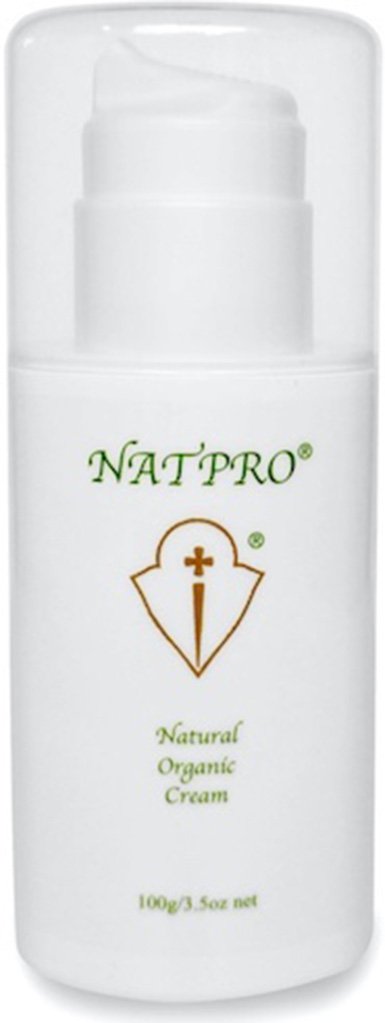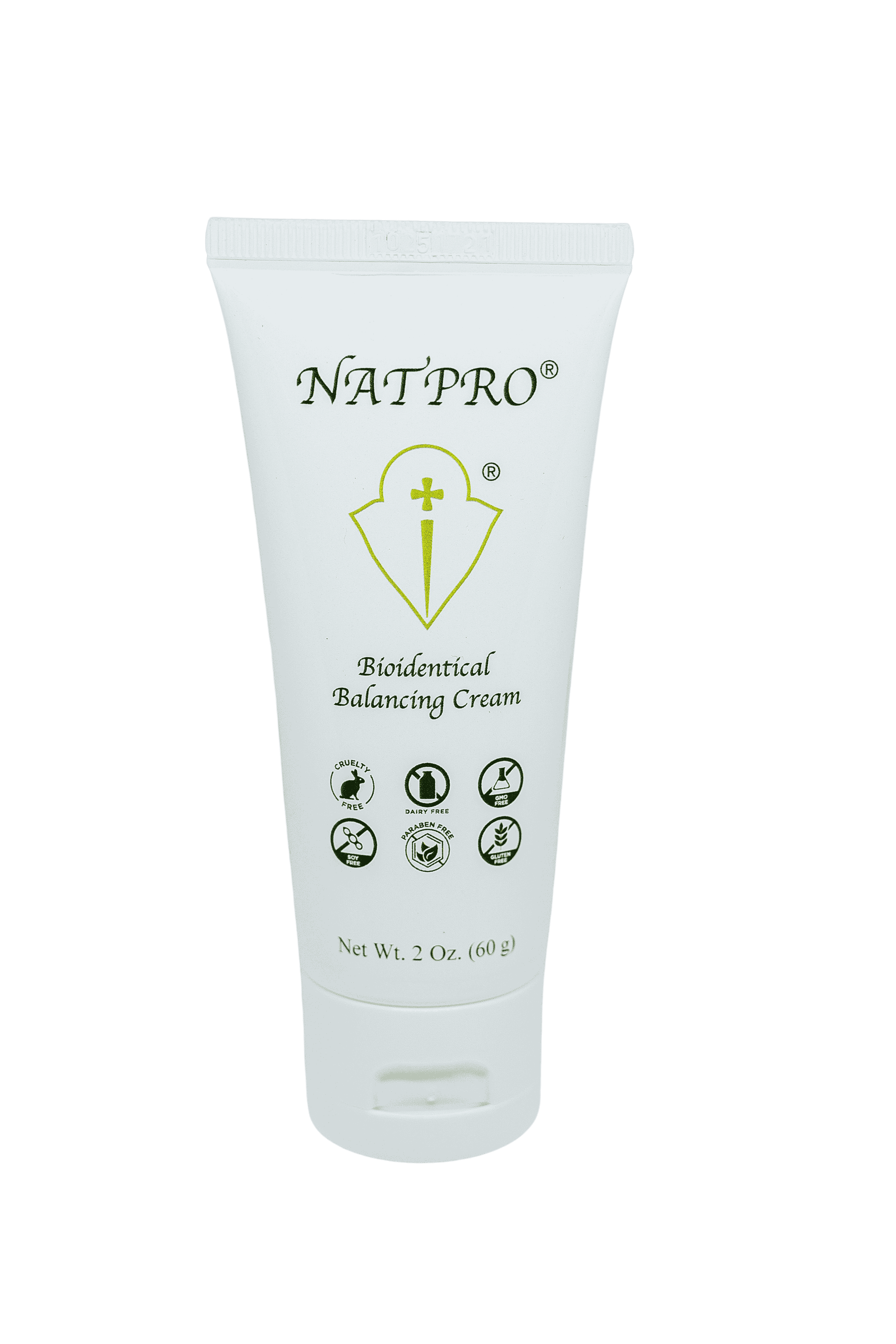Coming off HRT drugs
...oestrogen only, progestin only and testosterone
Coming off HRT drugs cold turkey is safe, unlike many drugs, but symptoms can come back.
It is far gentler on the body to reduce the HRT slowly, always using the progesterone whilst doing so. The progesterone normally counteracts any withdrawal symptoms if this route is followed. It's best to use the progesterone for at least a month before attempting to reduce the HRT dose.
Start with 100-200mg/day progesterone for the first month. Use it continuously, there is no need for a break. A higher amount might be needed if HRT has been used for many years, or if oestrogen dominance occurs. Please see this web page on oestrogen dominance, as this can occur when first using progesterone.
Once the oestrogen dominance symptoms have settled down, continue on the progesterone, but start reducing the HRT. If symptoms come back while reducing, increase the amount of progesterone and slow down the HRT reduction. A high amount of progesterone normally overcomes this.
Follow the instructions below when reducing your dose of HRT, oestrogen or progestin:
- Miss 1 day
- Take 7 days
- Miss 1 day
- Take 6 days
- Miss 1 day
- Take 5 days
- Miss 1 day
- Take 4 days
- Miss 1 day
- Take 3 days
- Miss 1 day
- Take 2 days
- Miss 1 day
- Take 1 day
You have now reduced the dose by 50% over 35 days. Continue missing alternate days until you feel secure, then work back up the list above i.e...
- Miss 2 days
- Take 1 day
- Miss 3 days
- Take 1 day etc
This could take about three months. If no symptoms have returned and you feel fine, discontinue the HRT.
Hot flushes/flashes
There is evidence that it could be a drop in serotonin levels during peri-menopause and menopause which could cause hot flushes. If progesterone is not helping sufficiently (this raises levels of serotonin) then take the amino acid tryptophan which is the precursor to serotonin.
Tryptophan is low in depression, insomnia, anxiety, OCD, a slow gut leading to constipation, a stomach in knots, IBS, aches and pains (including fibromyalgia), hot flushes, a tight chest and more. It helps stabilise blood sugar as it's involved with appetite control. Often a sharp drop in blood sugar causes depression/anxiety. This drop can also cause a hot flush. Studies have found tryptophan helps with these. Serotonin is the precursor to melatonin our sleep hormone, so supplementing with tryptophan helps with insomnia.
Start with 250mg/day at night only and away from food, particularly protein. Tryptophan needs an insulin spike to push it into the brain, so take with about 1/4 glass of fruit juice or a biscuit, half an hour to an hour before bed.
It also needs the vitamin co-factors B6 and folic acid to convert it into serotonin, so if the tryptophan doesn't come mixed with B6 and folic acid, take 25mg B6 and 300mcg folic acid with it. Increase the dose slowly in 250mg increments until you find the optimum dose.
If you find you wake during the night, have another dose ready by your bedside, together with some juice. Take it upon waking, without getting out of bed. You should drop off to sleep soon after. It is safe to go up to 6000mg/day.
For more info please have a look at these web pages...

